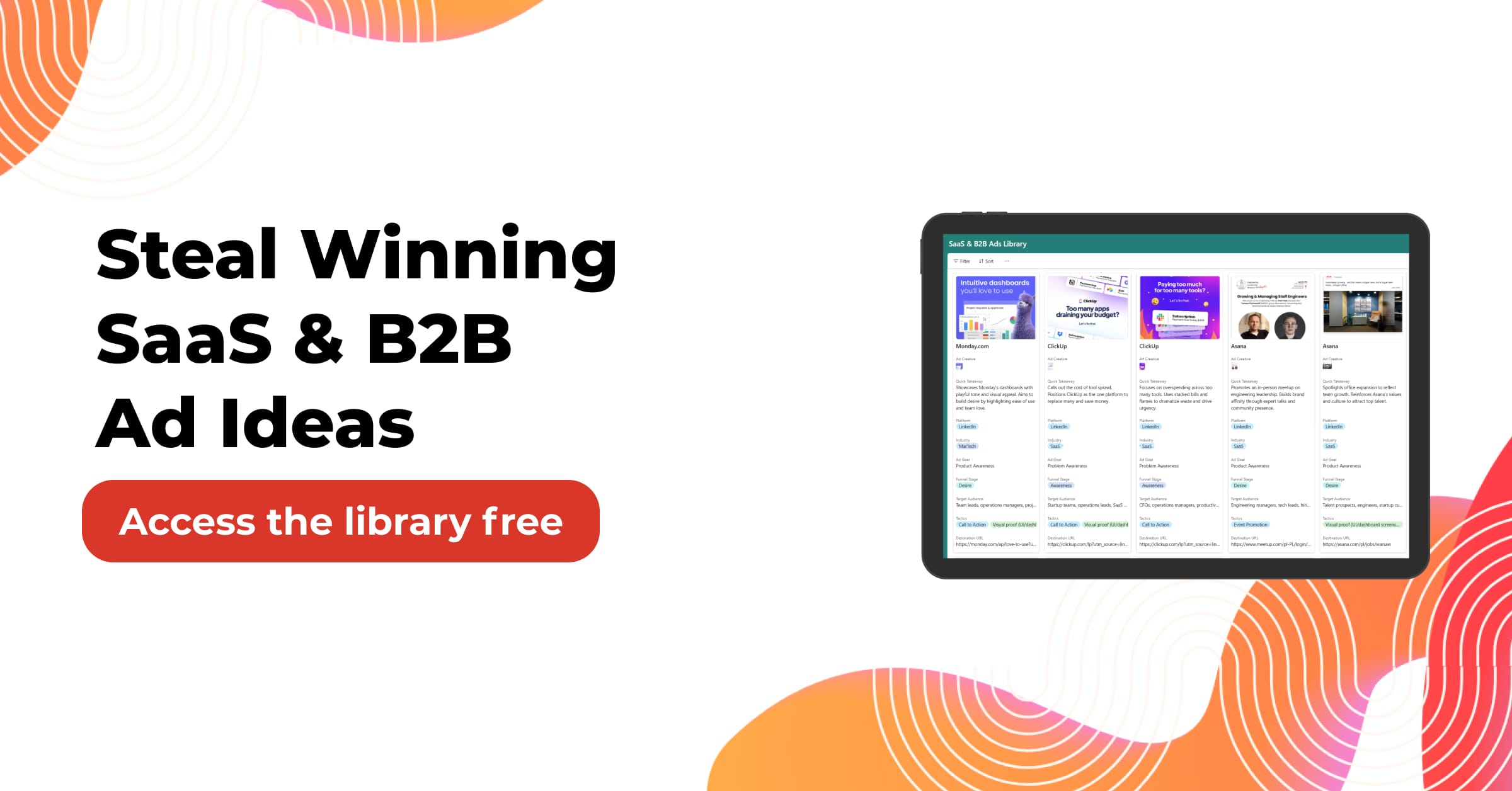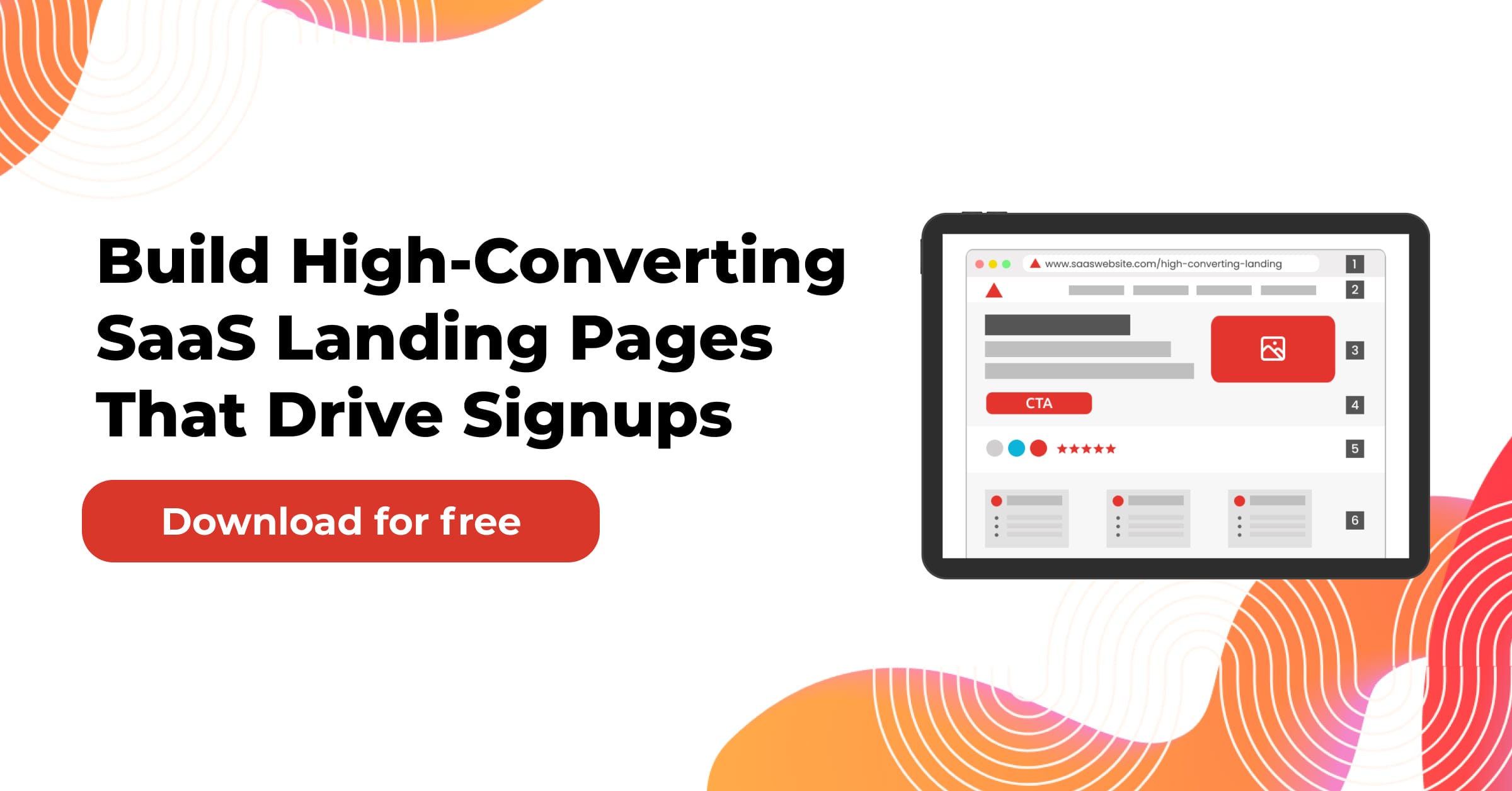You’ve probably used a SaaS product today without even realizing it. Whether it was Google Drive, Slack, or Zoom, you interacted with software hosted online, not installed on your device. But what makes SaaS businesses so scalable and profitable? It all comes down to one thing: the business model.
This beginner-friendly guide breaks it all down—what the SaaS business model is, how it works, and why it’s become the go-to choice for building and growing software in today’s digital economy.
Table of Contents
Why Should You Care About the SaaS Business Model?
Before diving into the mechanics, take a step back and ask yourself: Are you building software for scale, or are you just selling access to a tool? The SaaS business model isn’t just a pricing method. It represents a mindset shift—from selling software once to earning recurring revenue for as long as your users continue to find value.
This model makes revenue more predictable, allows tighter feedback loops, and, in many cases, drives higher lifetime value. Unlike other business types that begin each month with zero revenue, SaaS stacks revenue as you grow, building a more stable financial foundation over time.
What Is SaaS?
SaaS stands for Software as a Service. Rather than owning and installing software, users access it through a browser or mobile app. It’s hosted in the cloud, automatically updated, and paid for through recurring subscriptions. Think of it like Netflix, but instead of shows, you’re subscribing to tools that help you operate or grow your business.
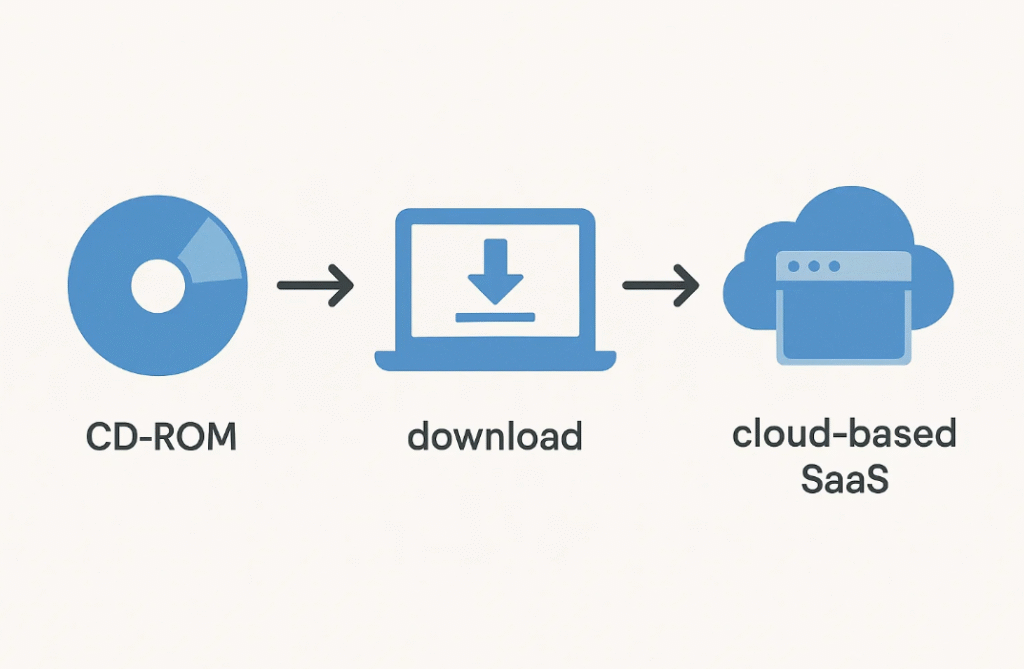
The Three Engines of the SaaS Business Model
The SaaS model revolves around three engines. First, predictable subscription revenue that grows monthly or annually. Second, strong retention where users find value and stick around. Third, a scalable infrastructure that lets you serve thousands of customers with minimal extra cost.
Why Subscriptions Change the Game
Recurring revenue isn’t just helpful—it’s strategic. Every month, you begin with a revenue baseline. As long as customers renew, that number grows. This predictability makes financial planning easier, improves investor confidence, and gives you space to focus on product improvements instead of one-time sales
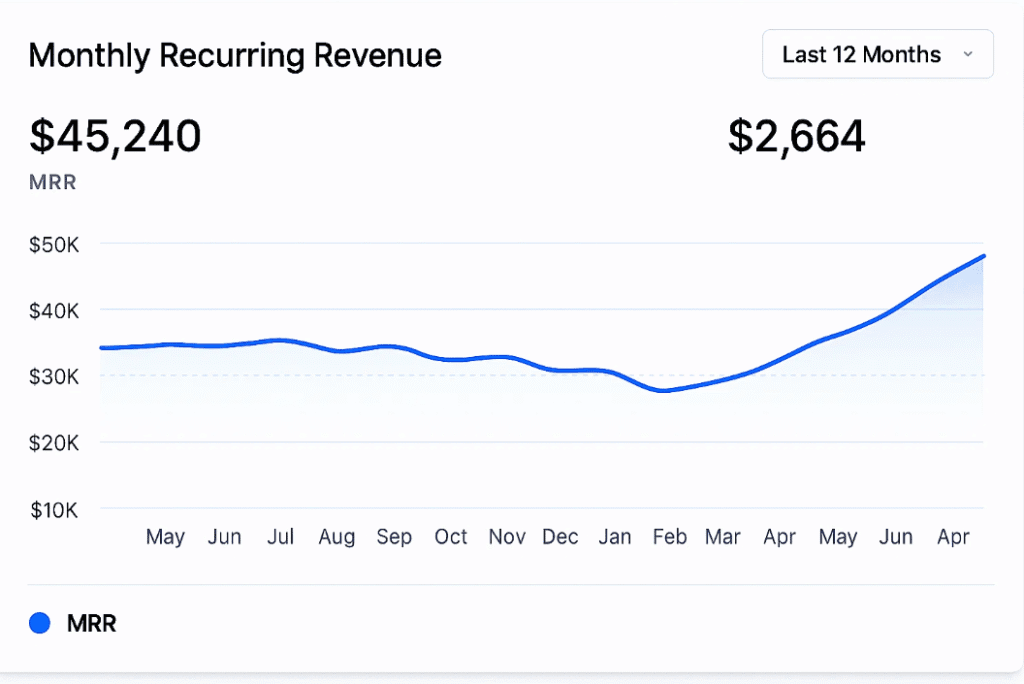
The Revenue Equation
SaaS growth comes down to a simple equation: how many customers you have multiplied by how much each pays. Improve either metric, or reduce churn, and revenue increases. That’s why so many SaaS leaders prioritize metrics like CAC (Customer Acquisition Cost), LTV (Lifetime Value), and churn rate.
Free Trials, Freemium, and Conversion
Letting people try your product before they pay is powerful. Free trials give full access for a limited time. Freemium keeps access limited but available forever. Both work well if users hit the value quickly. The onboarding experience is crucial. If users don’t feel a win in the first session, they’re unlikely to convert.
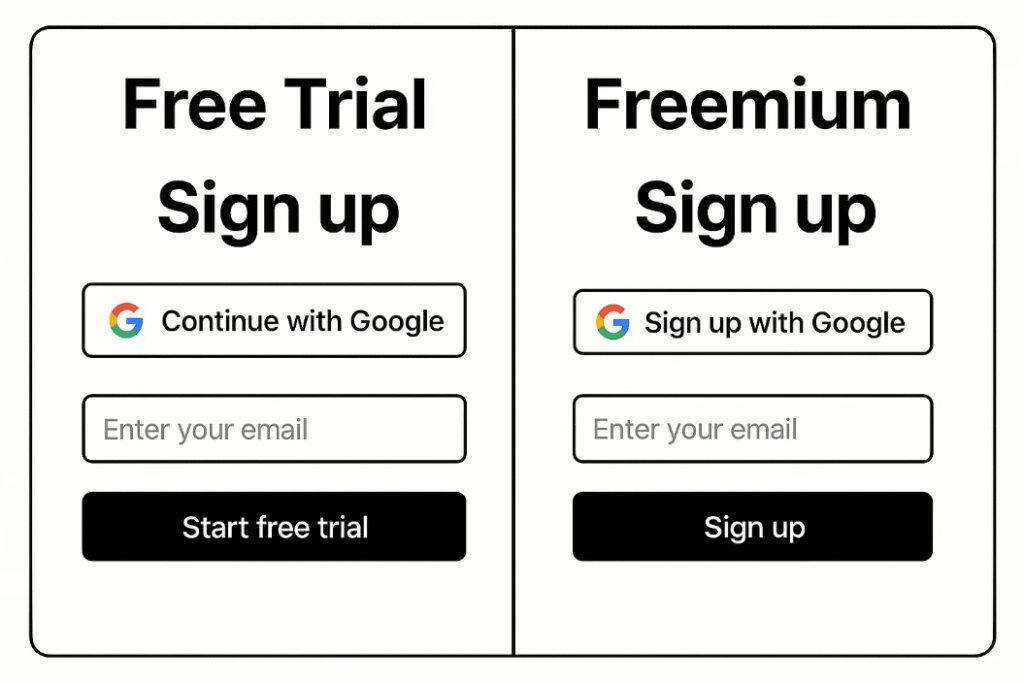
The Dangers of High Churn
Churn is the silent killer of SaaS growth. It’s not enough to acquire new users—you must keep them. High churn means you’re constantly filling a bucket with holes. If users don’t get consistent value, they’ll leave. That’s why retention and usage tracking are as important as acquisition.
Customer Acquisition in SaaS
Most SaaS companies grow through a mix of Google Ads, SEO, influencer referrals, and content. Product-led growth (PLG) adds another channel when users invite others to join. The best-performing businesses diversify channels and use metrics to identify which ones are scalable and sustainable.
Anatomy of a Strong SaaS Business Model
Winning SaaS businesses solve a clear problem for a defined audience. They deliver value quickly, price with flexibility, and provide strong support. More importantly, they keep users engaged over the long term and continually track performance to improve the customer journey.
Related Article: https://www.adlabz.co/is-vertical-saas-the-end-of-generalist-platforms
Metrics That Drive SaaS Growth
Core metrics define how healthy your SaaS is. MRR and ARR show income stability. CAC shows the efficiency of acquisition. LTV measures customer value over time. NRR reflects customer growth or shrinkage. Activation rate shows how fast users reach their first success. These metrics shape both product and marketing decisions.

Pricing Models That Work
There are many ways to price SaaS. Flat-rate plans are easy to understand. Tiered pricing aligns with the value delivered. Per-user plans suit collaboration tools, while usage-based pricing works well in developer or infrastructure tools. Many companies use hybrid models, mixing features and volume to improve retention and upsell potential.
Product-Led Growth Explained
PLG shifts the burden of growth from the sales team to the product itself. Users sign up, experience value, and often upgrade without needing a demo. This model is popular with tools like Loom and Calendly. PLG requires an intuitive UI, fast setup, and a smooth upgrade path.
Do You Still Need Sales?
While PLG is ideal for smaller accounts, large deals often require a sales-led approach. These enterprise customers need customization, integration, and onboarding help. That’s where dedicated sales teams, account managers, and onboarding specialists come in. Many SaaS companies blend both models for maximum impact.
Investor Appeal and Fundraising
SaaS is a favorite with investors because it promises recurring revenue, sticky usage, and high margins. But it’s not just about growth—it’s about retention and unit economics. Clean dashboards and a strong understanding of CAC and LTV are essential if you want to raise capital.
Common Pitfalls
New founders often wait too long to charge, ignore onboarding, or overbuild. Others set pricing too low or make the product too complex. SaaS success comes from simplicity, speed to value, and listening closely to your early users.
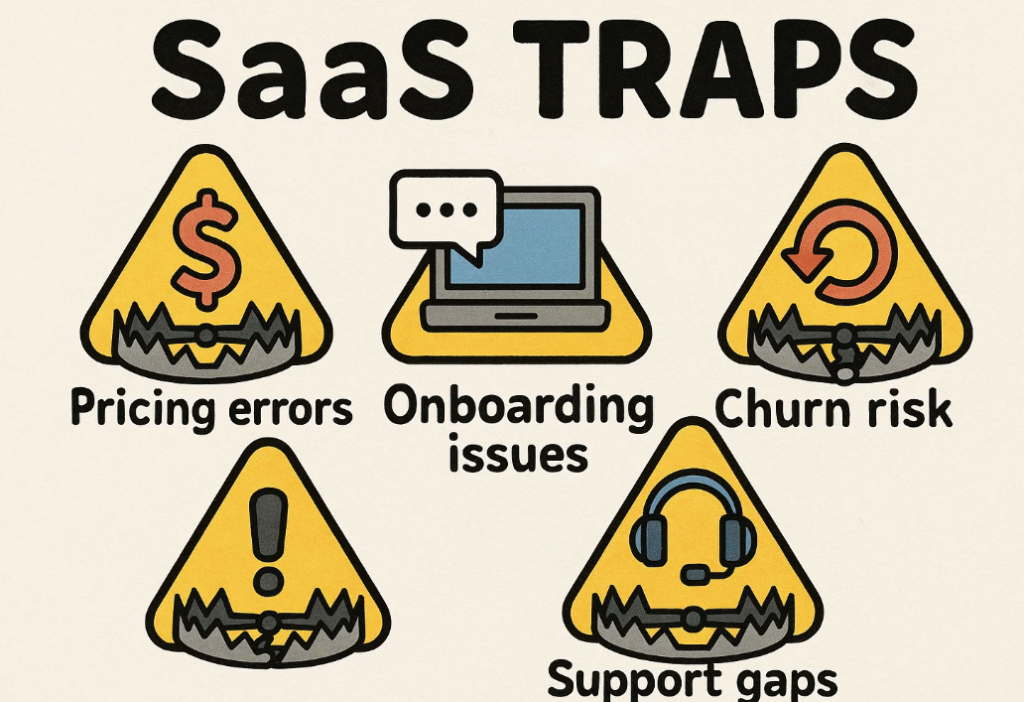
Vertical SaaS vs Horizontal SaaS
| Aspect | Vertical SaaS | Horizontal SaaS |
|---|---|---|
| Target Audience | Specific industries | Broad use cases |
| Scalability | Moderate | High |
| Churn Rate | Low | Higher |
| Market Competition | Low | High |
| Pricing Power | High | Moderate |
| Examples | Mindbody, SimplePractice | Slack, Notion |
Vertical SaaS is built for niche workflows, making it harder to replace and easier to monetize. Horizontal SaaS solves universal needs and has broader market potential, but faces stiff competition.
Monetization Variants Within the Model
Beyond subscriptions, SaaS companies also generate revenue through add-ons, integrations, and even payment processing. Shopify, for example, earns revenue from subscriptions but also from transaction fees. Others charge by number of users, storage used, or premium support. The flexibility of the model is a big advantage.
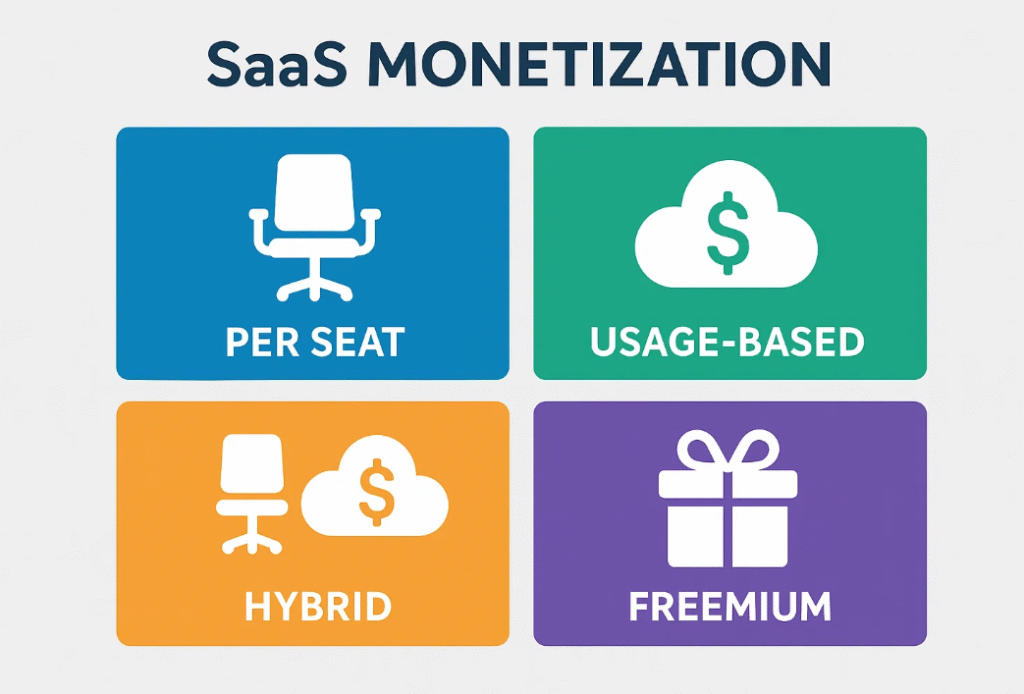
SaaS Success in the Real World
Calendly scaled virally by making scheduling simple and shareable. Shopify built an ecosystem with apps, payments, and themes. Notion grew via community-led templates and simple collaboration. Each company took a different path, but all leveraged core SaaS principles.
Launch Checklist for Founders
Thinking of launching a SaaS? Make sure your problem is urgent and your audience is reachable. Ensure onboarding is fast and pricing matches perceived value. Track churn from day one and build around the first user win. Momentum comes from delivering value quickly and repeatedly.
Customer Support Is a Growth Lever
Support doesn’t just retain users—it builds loyalty. Live chat, knowledge bases, and proactive outreach help reduce churn. The best SaaS teams treat support as a strategic function that improves both product feedback and customer satisfaction.

Frequently Asked Questions
What makes the SaaS business model different from traditional software?
Traditional software is sold once, often with no updates. SaaS is accessed continuously via the cloud and earns recurring revenue through subscriptions.
What’s the biggest challenge in running a SaaS company?
Churn. If users leave quickly, it’s difficult to grow. Reducing churn often means improving onboarding, engagement, and support.
Can SaaS work for small, niche markets?
Yes. Vertical SaaS often thrives in underserved industries where workflow integration matters more than broad appeal.
How long does it take for a SaaS product to become profitable?
Most SaaS startups aim for profitability within 12 to 24 months, depending on pricing, churn, and acquisition costs.
Is PLG enough, or do I need a sales team too?
It depends on your audience. PLG is ideal for SMBs and self-serve tools. Sales is often necessary for high-ticket or enterprise deals.
Final Word:
The SaaS business model is about delivering value, not just software. If you design for real usage, make onboarding seamless, and track the right metrics, the model rewards you with stability, scale, and long-term growth.
You might also be interested:




